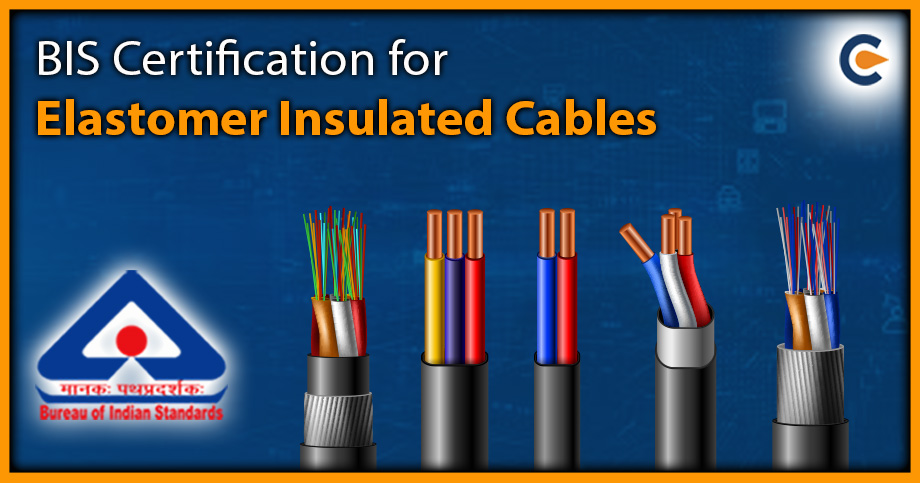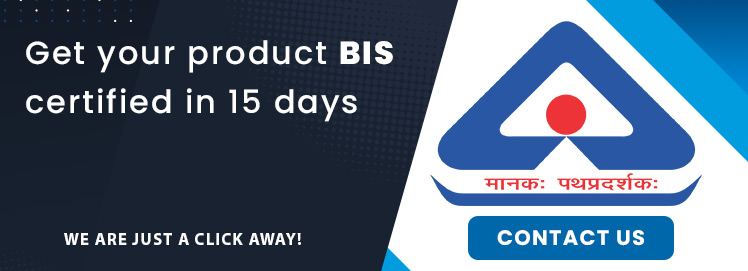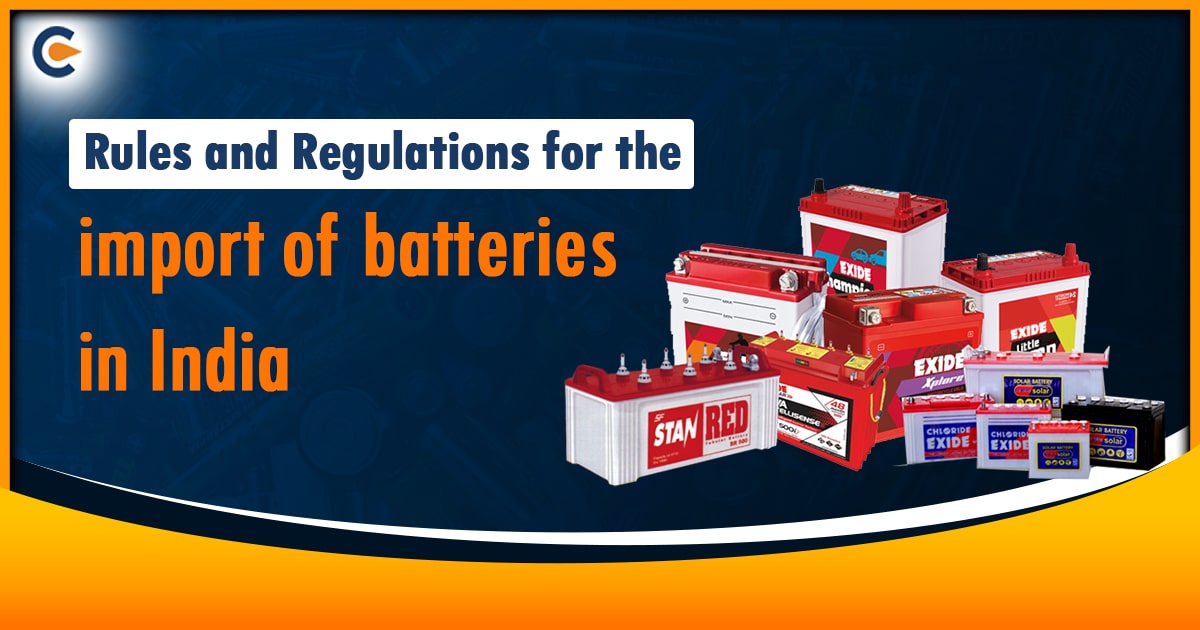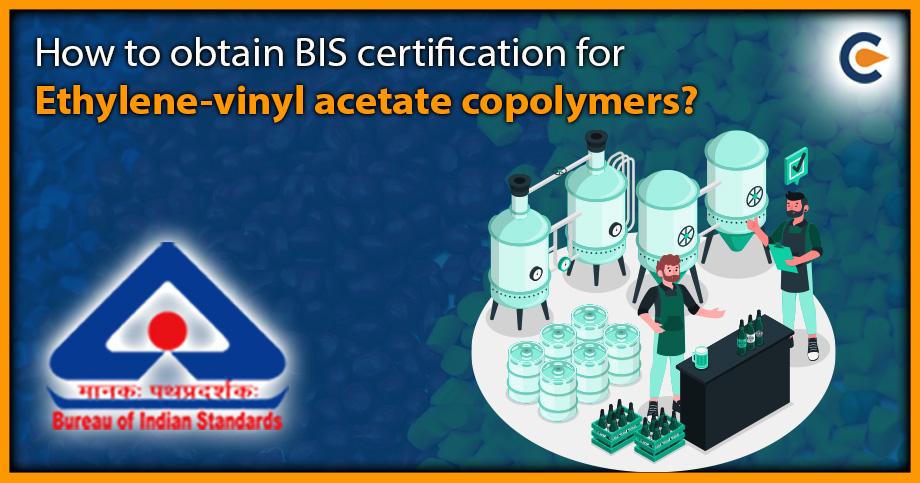Elastomer-insulated cables, as the name suggests, refer to elastomer-based cables that have rubber-like insulation. Elastomers are essentially synthetic polymers that have elastic properties. These cables are best known for their unparalleled durability, flexibility, and ability to withstand chemicals, heat, and abrasion. Elastomer-insulated cables are widely used in an assortment of applications, including control systems, power transmissions, automation, and robotics. They easily cope with challenging environments and thus adhere to extended service life. That is the reason why they are also being used in sectors like aerospace, oil, and marine. Their production, testing, and quality are subjected to certain requirements cited in the IS 9968 (PART 1): 1988, which is an Indian Standard. The Bureau of Indian Standards refers to these guidelines for the grant of BIS certification. Let’s explore how to secure BIS certification for elastomer insulated cables.
Role of IS 9968 (PART 1):1988 in BIS certification for elastomer insulated cables
IS9968 (PART 1):1988 is applicable to Elastomer insulated cables that fit the working voltage up to 1100V. BIS adopted this standard in 1988 after the draft for the same was prepared by the Power Cables Sectional Committee and authenticated by the Electrotechnical Division Council.
This standard specifies the norms for these cables for flexible cables, fixed wiring, and flexible cords for electric power and supporting voltages up to 1100 volts.
Presently, the standard cover the cables and cords listed below:
- Cables for fixed wiring
- Braided and compounded/varnished
- Elastomer sheathed with earth continuity conductor
- Elastomer sheathed
- Flexible cables
- Elastomer sheathed (heavy-duty)
- Braided and varnished
- Flexible cords
- Elastomer sheathed (normal duty)
- Unkinkable flexible cords- braided as well as compounded (workshop type)
- Unkinkable flexible cords – braided as well as compounded
This standard is formulated for the cables that fit single-phase or three-phase systems (earthed or unearthed) with rated voltages up to 1100 volts.
The cable’s conductor must comprise annealed copper or aluminum wires that conform to standard norms. A separator tape should be of an apt material applied to the conductor.
The insulation part should be made of an elastomer compound that conforms to standard norms. Additionally, the product must ensure 100 percent conformity with the norms outlined in the standard.
Tests to qualify for BIS certification for elastomer insulated cables
The following tests are recommended under the standard to check whether the product is compliant or not:
- Tensile test (for Aluminium)
- Conductor Resistance Test
- Wrapping test (for Aluminium)
- Test for the insulation’s thickness and overall diameter
- Physical test concerning insulation and sheath
- Insulation resistance
- Flammability Test
What Marking Norms Do Manufacturers Need To Follow?
The manufacturer must affix their name on the cable length via printing or indenting. The cable must be provided in drums, reels, or coils, which should be aptly labelled.
The cable must reflect the Standard Mark (ISI mark), but its uses is not possible without BIS[1] approval. Once the applicant files an application for marking approval/BIS certification, the BIS will perform an on-site inspection to determine the conformity level.
Documents Concerning BIS Certification for Elastomer Insulated Cables
Typically, the following documents are required for BIS (Bureau of Indian Standards) registration:
- Application form
- ISO/IEC 17025 certificate or equivalent
- Test reports accorded by the BIS-recognized labs
- List of machinery as well as equipment
- Trademark registration (if applicable)
- Quality control manual
- Manufacturing unit layout plan
- Appointment letter for non-Indian manufacturers
- Undertaking to assuring conformity with the BIS regulations
- Proof of payment of fees
The paperwork mentioned here can vary product-wise.
How To Secure BIS Certification For Elastomer Insulated Cables?
Acquiring a BIS license is a crucial decision for organizations that aim to establish high product quality standards. BIS, being the apex institution, assists companies in ensuring the maximum safety and quality of their products. Therefore, obtaining certification can enhance a company’s credibility in the market.
The process for obtaining BIS certification for Elastomer Insulated Cables includes several steps as outlined below:
- Step 1: Find a Standard That Covers the Product
The initial step in obtaining BIS certification for elastomer insulated cables is to identify the applicable standard for your product. BIS currently covers 19,000 product standards. Applicants can visit the BIS web portal to locate the relevant standard.
- Step 2: Arrange Paperwork
Once done with the standard identification, the next step is to organize the mandatory paperwork. Some common paperwork necessary for BIS registration includes test reports, commercial documents, business registration, QMS certificate, product specifications, and others. It is essential to ensure that the documents are error-free and free from any potential inaccuracies.
- Step 3: Conduct Product Testing
Product testing is a crucial aspect of the BIS registration process. The applicant must get their product tested for performance and intended quality from a certified laboratory. The cost and timeline of testing can vary based on several factors, including the type of product and applicable standards.
- Step 4: Submit the Application
After completing the testing phase, the applicant should proceed with filing the application on the BIS web portal. It is essential to be careful while filling out the e-form and double-check all the information before submitting it. Even a single mistake or error can result in the cancellation of the application.
- Step 5: Keep Track Of the Application Progress
After submitting the e-form, it’s time to monitor the application progress through the BIS portal. During the inspection of the e-form, the authority may request changes or ask you to resolve any flagged errors. Such requests can cause unexpected delays, so it is crucial to respond quickly.
Upon approval from the authority, the certification will be issued, and the applicant can begin using the ISI marking.
Conclusion
In conclusion, obtaining BIS certification for elastomer insulated cables requires a professional and knowledgeable approach. A lack of knowledge about the standard can make the process tiresome. Therefore, it is advisable to seek expert assistance to navigate such scenarios.
Read Our Article: BIS ISI Certification For PVC Insulated Cables













